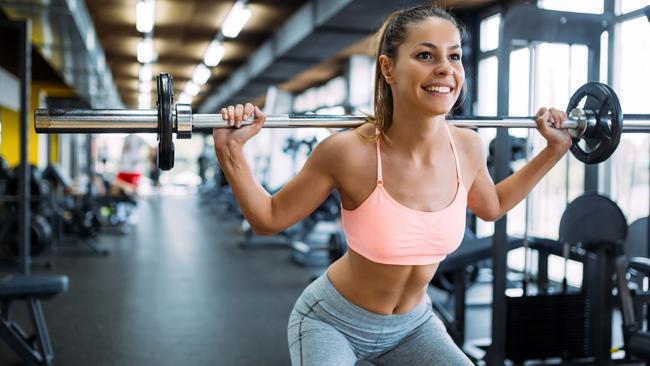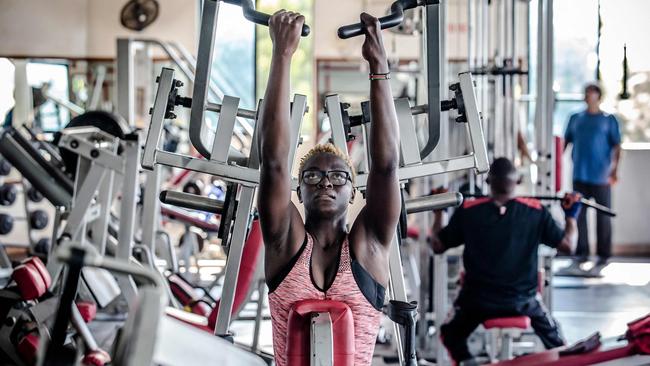How to get started with weight training
Lifting weights will help slow age-related muscle loss. Don’t worry if you’re a complete beginner — there’s no better time to start than now.

We all think of weights as a route to toned muscle, but there’s far more to them than that. Studies have shown that lifting weights is among the most important steps we can take to preserving our health as we age.
“It is extraordinarily good for us,” trainer Zana Morris says. “It affects our muscles, bones, mood and mind, and is an extraordinary fat blaster.”
If you haven’t picked up a dumbbell recently — or ever — there is no better time to start than now. By our mid-thirties most of us are losing muscle mass at a rate of about 5 per cent a decade. Lower levels of lean muscle tissue mean that the body’s metabolic rate — its ability to burn calories — slows, making obesity and related problems more of a risk. Since muscle tissue helps to keep bones strong, our skeletal health suffers, raising the risk of osteoporosis as we age.
While we can’t prevent age-related muscle loss, lifting weights will help to slow it down.
Weight training just twice a week, for about an hour in total, has been shown to boost metabolism and aid fat loss. It can also help to cut the risk of heart disease and strokes by 40 to 70 per cent. If you have never picked up a weight, here’s how to get started.

Dumbbells or kettlebells?
Both have benefits, but Morris says dumbbells make it easier to target different muscles. “Kettlebells are great for large full-body movements, but dumbbells are more versatile and allow you to target and isolate muscles more easily,” she says.
What size weight to start with?
This depends on your weight-training experience. If you’ve never used weights the golden rule is to select a weight that can be lifted 10 times, with the last two reps posing a significant challenge. For complete beginners this might be 2kg to 3kg for dumbbells.
If you have some experience, you should start with something slightly heavier. Morris recommends women invest in a set of 2kg, 4kg, 6kg and 8kg dumbbells. For men, the personal trainer Harry Jameson says a 10kg weight will provide a good resistance, but if you haven’t used weights before opt for 8kg.

When should you increase the size of weights you use?
Your muscles need a progressively greater stimulus to result in changes. How much weight to add and when is highly individual, but Jameson advises to add about 10 per cent in weight every two to three weeks when you are starting out.
How often should you lift weights?
Three times a week is a good starting point, Jameson says. “This is enough to bring about significant improvements in muscle strength but also to allow time to dedicate to cardio activity like running, walking and cycling on other days.
Weight training and aerobic exercise should go hand-in-hand for maximum effect.”
Lifting weights in a slow, controlled way has been shown to result in greater strength gains than fast repetitions.

Can weights help you to lose weight?
A recent study in the journal PLOS Medicine showed that adding weight training to a weekly fitness regimen means you are 20 to 30 per cent less likely to become obese than people who don’t strength-train.
“The minute a weight is lifted there is a response from hormones and muscles,” Morris says. “There is an incredible amount of evidence that it is highly effective for accelerating fat loss all over the body and particularly good at blasting the dangerous belly fat that is linked to a greater risk of heart disease and other illnesses.”
The Times






To join the conversation, please log in. Don't have an account? Register
Join the conversation, you are commenting as Logout